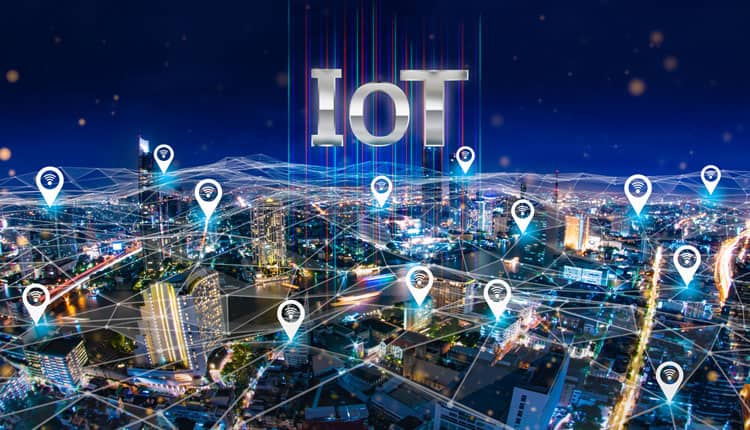By Amit Gossain, Managing Director, KONE Elevator – India & South Asia
The elevator industry is experiencing heightened activity in tandem with elevated growth in infrastructure development across the nation. According to a report by Maximize Market Research, the Indian elevator market stands at approximately INR 10,000 crore and is anticipated to grow at a CAGR of 35–40% by 2029. The elevator manufacturers have also geared up and incorporated cutting-edge technologies into their products and solutions to provide safe and reliable vertical mobility.
Among these technologies, the Internet of Things (IoT) has emerged as the most critical one that is revolutionising vertical mobility. The leading elevator manufacturers have been embedding sensors and smart systems in their products, enabling the lifts to “communicate”. As a result, the elevators are providing an exceptional experience to the users while being more secure, proficient, energy efficient, and reliable.
Enhanced performance
The sensors incorporated in the elevators produce a mammoth amount of data during their operation. This data can be efficiently analysed to gain valuable insights into the functioning of the lift, such as performance, usage patterns, traffic, failures, and maintenance requirements. The original equipment manufacturers (OEM) and facility managers can leverage this data to elevate and optimise the elevator design and working, which will lead to an enhancement in efficiency and a reduction in unexpected breakdowns and mantraps.
Improved safety
Safety is the most critical factor for passengers while boarding an elevator. While most of the lifts are reliable, there can be a few circumstances that result in a hazard. Here, IoT connectivity can be an optimal solution to improve safety measures. In the time of an incident, the connected elevators can relay essential data, which can aid the maintenance personnel in timely response and proactive maintenance. In addition, incorporating IoT into the elevators can also reduce shutdowns through predictive maintenance, ensuring a smoother passenger experience. Moreover, IoT technology provides fault diagnosis with real-time monitoring data that also enables sending alerts to the concerned teams.
Enriched energy efficiency
With the surge in construction of the high-rise building, the demand for the high-power elevators that can reach the top floors in a minimum amount of time has also spiked. However, the process of working against gravity leads to high energy consumption. According to industrial estimates, the power consumption of an elevator is 3–7% of a building. In this context, IoT-enabled smart elevators can help optimize energy efficiency based on data such as traffic, occupancy, and peak hours. By harnessing the data provided by the sensors, the manufacturers can enhance maintenance and mitigate sudden issues, reducing unnecessary visits.
Improves user experience
A smart elevator tends to share critical information such as position, direction, door status, and more. This information is shared across the IoT central hub, which enables remote monitoring of the lifts. The system also eliminates the need for any human intervention as it allows the use of voice commands that can be controlled remotely. Moreover, it also facilitates for actions such as start and stop from a distance, eliminating the need for any physical switches and unnecessary human intervention. As the elevators work without mantraps, glitches, or delays, it elevates the experience of the passengers.
All things considered
The incorporation of IoT in elevators is more than just a trend; it is the industry’s testament to innovation, safety, and reliability. The provision of connected elevators has enabled the enhancement of performance, improvement of safety, promotion of energy efficiency, and elevation of the passenger experience. As we stand on the cusp of technological innovation, the future of IoT looks promising, with smart elevators revolutionising vertical mobility. According to a study by Market Research Future, the smart elevator market is anticipated to reach USD 39.91 billion by 2030, growing at a CAGR of 13.54%.



